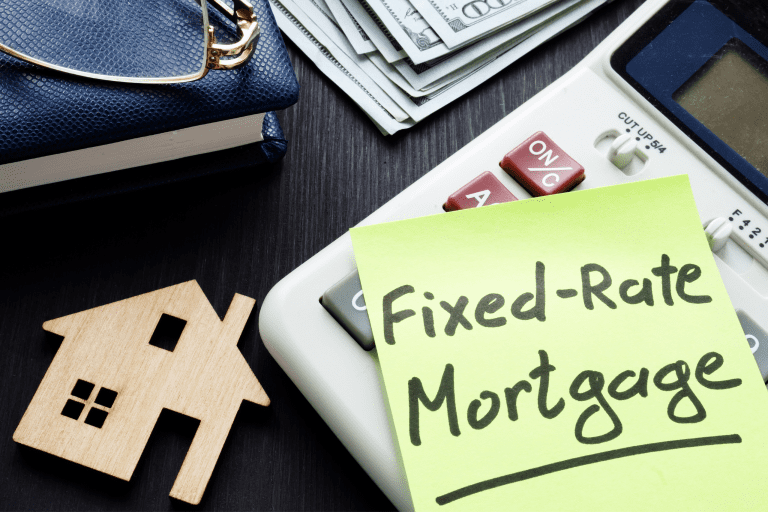
Is Buy-to-Let worth it? Before deciding to commit to a Buy-to-Let mortgage, there are a few factors that should be taken into consideration. We have outlined a few points of consideration before you invest in a Buy-to-Let property. You should be able to make any future decisions, whether this is your first time being a landlord or an experienced portfolio owner if you consider these benefits and drawbacks. This should give you the foundations you need.
Is Buy-to-Let worth it? The benefits
- Capital gain
- Generate money
- Demand in the rental market
- Investment diversification
- Increase in returns
- Flexibility
Is Buy-to-Let worth it? The drawbacks
Buy-to-Let Mortgages: The benefits
Increasing one’s earnings through real estate investment is seen as a feasible option by thousands of investors. As is the case with any type of investment, there are both positive and negative elements to think about; nonetheless, the following are some of the more appealing features of buy-to-let ownership:
Capital gain
- Although the value of your property might go down as well as up, long-term investments in real estate have historically rewarded investors with a rise in value.
Generate money
- Hopefully, the property will serve you well while you own it, and the rent will provide you with supplemental income. However, you must consider the property’s continuing expenses and examine the rental yield to determine the rate of return.
Demand
- The rental market is currently experiencing extremely high levels of demand due to a dearth of cheap housing and tougher mortgage underwriting standards; many seek to renting as a substitute.
Diversification of investments
- It is generally recommended not to put all your eggs in one basket. When deciding where to invest your money, real estate may provide further risk diversification.
Increase in returns
- Due to historically low-interest rates, savers have gotten frustrated, and some have resorted to real estate to achieve a greater return on their cash.
Flexibility
- As a result of recent tax reforms, the emergence of limited company buy-to-let has resulted in a shift in the kind of property ownership. With lenders now offering many more alternatives for limited company buy-to-let mortgages, along with the possibilities for personal ownership, there is far more flexibility in portfolio construction.
Buy-to-Let mortgages: The drawbacks
In the United Kingdom, tens of thousands of individuals choose to invest in Buy-to-Let properties due to the potential for high returns. However, like with most things in life, the ownership of a Buy-to-Let Property has its drawbacks. Below, we focus on a handful of these.
Increased stamp duty
- Investors with Buy-to-Let mortgages will be subject to an additional 3% on top of current stamp duty rates if the property you’re buying will be a second home or part of a portfolio. Use our stamp duty calculator to get an idea of what you may pay on a property.
Rental vacancies
- While it is hoped that a tenant would occupy the property during its ownership, it is expected that any landlord may encounter a rental vacancy. Ensure that you budget for any potential times like this.
Non-payment of rent
- Having a rental vacancy due to non-occupancy is a possibility that comes with renting out a second home. Many people budget for this or take out insurance with a letting agency if an instance like this occurs. One drawback of being a landlord is the potential of dealing with difficult tenants, making the experience more onerous.
- This can be exacerbated by any legal fees that may occur in such instances. Many invest in properties because that property only ever increases in value. However, the value of any property may also go down and may even go below what you paid for it initially.
Rules
- Landlords have a legal obligation, and many find it challenging to remain abreast of the legislation. However, ignorance is no defence, and large fines can be levied if you are found to be in breach of your legal obligations.
Increases to interest rates
- Increases to interest rates can impact anyone. If you have a buy-to-let mortgage, you are likely aware that interest rates can also decrease. Yes, you may fix your interest rate for a specified amount of time, but your payment may increase during the term of your mortgage. Because your mortgage payment has increased, you cannot simply increase your rent.
Income tax
- As a result of changes to taxation rules, buy-to-let investments have become more complicated and, for some, less tax-efficient. This is especially true for those with higher tax rates. Before taking action, verify your position and choices with a tax consultant or accountant.
Get in touch if you have any further questions.
- Blog



